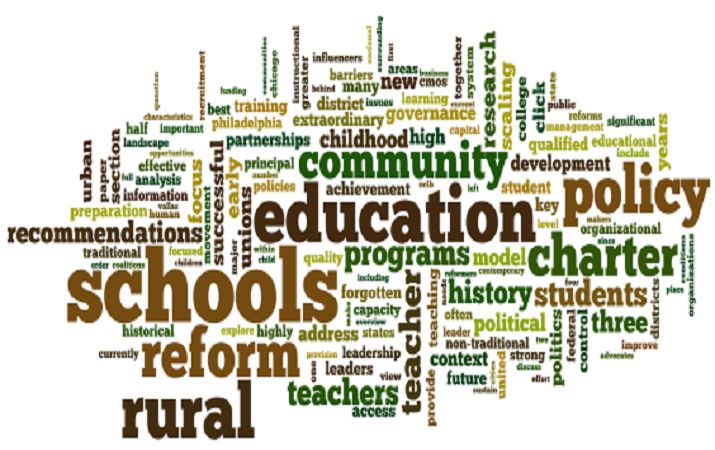Over the last five years, internationalization of higher education and research has become one of the key policy priorities for the government of India. While Narendra Modi government’s major initiatives such as the Global Initiative of Academic Networks (GIAN) and Scheme for Promotion of Academic and Research Collaboration (SPARC) have aimed at tapping the talent pool of foreign academics to improve the competitiveness of the Indian system, programmes such as Institutions of Eminence have focussed on creating world-class teaching and research institutions. The government had also rolled out another major scheme, Leadership for Academicians Programme (LEAP), this year to provide international training for Indian academics in academic and administrative leadership in partnership with selected foreign universities. These programmes will no doubt have a major impact on the country’s higher education in the coming years.
It has become increasingly clear that Narendra Modi government views the potential of the higher education sector not only as a tool of soft power but also as a means to enhance the country’s international competitiveness. No wonder the shifting policy priorities of the government in higher education is reflected in the in draft National Education Policy (NEP) of the government, released a few months ago. The Committee that drafted the NEP was constituted by the India’s Ministry of Human Resource Development.
In the draft NEP there is an emphasis on developing a distinctly Indian approach to internationalization of higher education. Recommendations to build the soft power potential of Indian higher education by facilitating international research collaborations and international expansion of Indian universities and programmes, etc. could be viewed in this context. Some of the major recommendations of the draft NEP with regard to internationalisation follow:
(i) Provide low-cost, quality education to attract international students
Simplified visa and Foreigner Registration Regional Office (FRRO) processes and internship policies for international students.
(ii)Additional funds for Indian universities that aim to become attractive destinations for international students to develop specially designed courses. Special schemes that offer research scholarships to students from developing countries.
(iii) Twinning, international research partnerships, and more MoUs for mutual recognition of degrees will be encouraged.
(iv) Global immersion programmes for Indian students.
(v) Public and private Indian universities that meet specified eligibility criteria will be encouraged to set up campuses in select countries particularly in the Global South.
(vi) Select universities (those from among the top 200 universities in the world) would be permitted to operate in India. A legislative framework facilitating such entry would be put in place.
Although the NEP is still in draft form, its importance cannot be underestimated. This is because some of the core recommendations are already in the implementation stage. For instance, the Study in India programme is in its second year and has been focussing on projecting India as a preferred education destination and to improve the country’s soft power. Another example is the VAJRA programme that is aimed at attracting overseas talent to India’s highly competitive areas of research and development.
In 2018, the Indian Institute of Management, Ahmedabad (IIM-A),the prestigious business school in the public sector, signed a memorandum of understanding (MoU) with BRS Ventures of UAE in Dubai for an overseas expansion of an Indian institution. There were also reports that the Indian government is planning to create an “education city” where foreign institutions can set up a campus without being subject to overregulation.
The internationalisation agenda of the Narendra Modi government in Indian higher education has been closely correlated with ongoing global changes in the sector. The draft NEP, expected to be approved by the central government before March 2020, will influence future higher education policy development in the country. However, the ultimate outcomes of the recommendations in the NEP will be shaped by future priorities of the federal and state governments, along with the funding frameworks and the academic environment that govern all institutions operating in the country.
Courtesy: Inside higher ed








